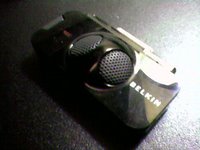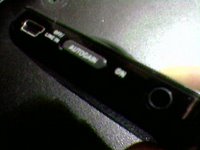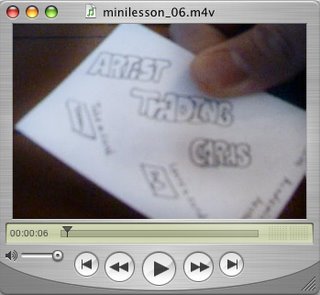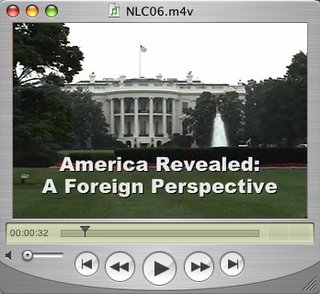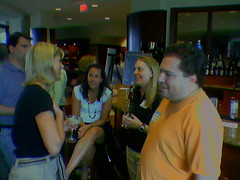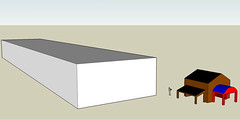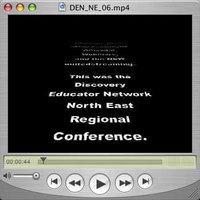 Lately I seem to have been bitten by the DIY bug.
Lately I seem to have been bitten by the DIY bug.DIY, for the uninitiated, stands for "Do It Yourself" - mostly because DIY enthusiasts would much rather put their own embellishments on everything they touch.
 And with the internet it's easy to find plans for hundreds of DIY projects - from using a soda bottle and some kitchen supplies to make an effective mosquito trap to attaching some remote control servos and a digital camera to a kite for some sweet arial photography.
And with the internet it's easy to find plans for hundreds of DIY projects - from using a soda bottle and some kitchen supplies to make an effective mosquito trap to attaching some remote control servos and a digital camera to a kite for some sweet arial photography.The great thing about DIY is the wide variety of projects. You can pick something to do that's as easy or as difficult as you want, and if you're unhappy with the plans you're given you can always modify them to see what happens.
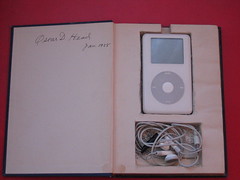 I've been making my own t-shirts and web sites for over a decade now, but recently I've started branching out by creating handmade business cards, and most recently a wallet out of duct tape. (My next project will be a camera bag.)
I've been making my own t-shirts and web sites for over a decade now, but recently I've started branching out by creating handmade business cards, and most recently a wallet out of duct tape. (My next project will be a camera bag.)Of course the spirit of DIY can be taken to school as well. For example:
After a Language Arts project where you have the students form groups to write their own stories, you can have them type them into PowerPoint to illustrate them and even record themselves narrating the tales. Instant zero-cost publishing!
Have the students use PowerPoint or any one of a number of programs that allows for visual design, and print the finished product on a t-shirt. Admittedly there is a bit of a cost for this, but if you shop around at office supply stores you should be able to get iron-on transfers for around $1 a sheet.
How about an analog example: Want to make a quick and easy seating chart? Use a sheet of posterboard and some post-it notes. Any time you move the desks around you can just move the notes. (And if you leave these babies on your desk you won't have to deal with substitutes saying "Well I couldn't find your seating chart!")
There are also a few online enterprises that are more than happy to make your DIY experience a little easier:
- Makezine.com - more DIY ideas than you can shake a stick at.
- Instructables.com - from the makers of Makezine.com, these are user submitted DIY tutorials.
- Google Pages or WikiSpaces - make your own website for free.
- Lulu.com - publish your own book, for school or yourself.
- OriginalWorks.com - Students can have their artworks placed on a variety of products and have them made to order as a school fundraiser.
 Hear yourself on my upcoming 100th podcast spectacular! Just click here and your web browser will use your computer's microphone to send me an audio comment.
Hear yourself on my upcoming 100th podcast spectacular! Just click here and your web browser will use your computer's microphone to send me an audio comment.I'll accept just about anything, including simple greetings or congratulations, shout-outs, reviews of products or services, commentary on recent events, or even plugs for other podcasts.
This is, of course, provided everything is kid-safe.
Think of it as free advertising that will reach an exclusive listener base. And yes, by "exclusive" I mean "small."


